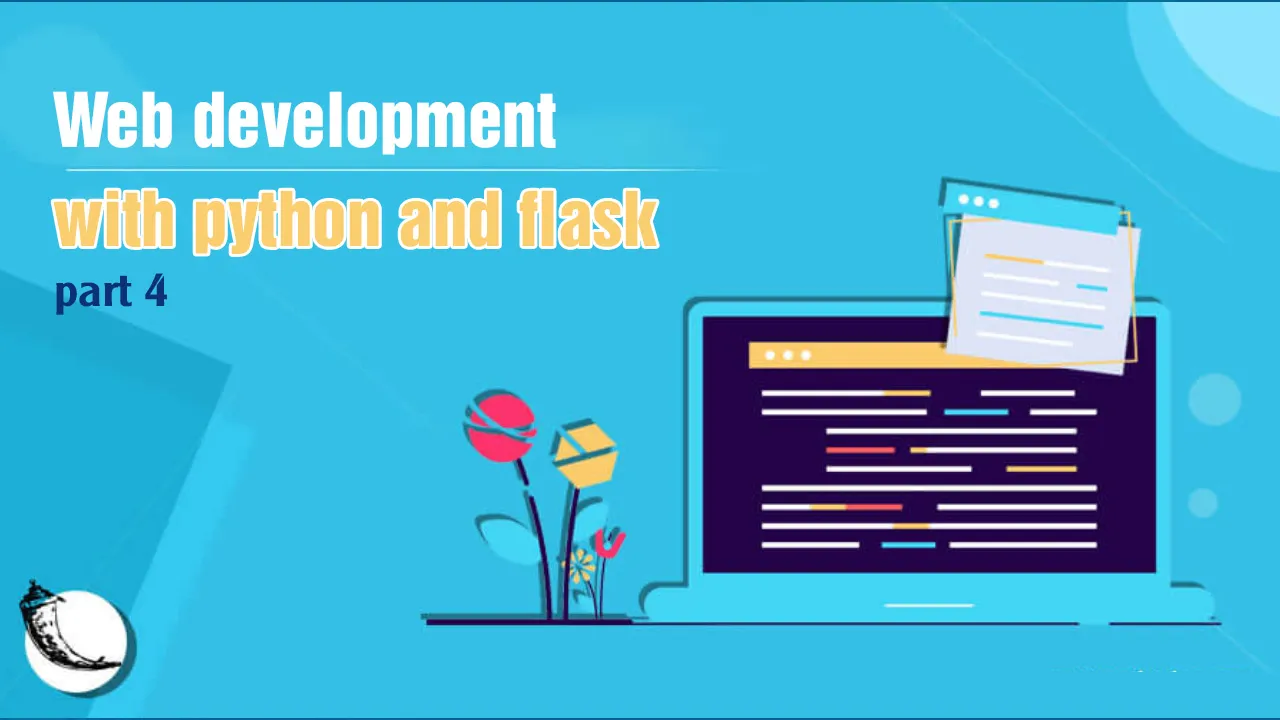PROCESSING INCOMING REQUEST DATA IN FLASK
Building skills on basics is a key requirement to any profession, and more so in programming. Understanding how certain features or operations work in a flask or any other web framework will help us work on any project we may think of as we understand how and what works in our tool system. As stated in part 3 of this series, sending requests and receiving responses is the major feature of all web applications. Let’s take a look at how we can send different data formats into the flask framework.
In part 3 of this series, we looked at how flask implements the http protocol by examining the requests and responses inner workings. It would not make sense to straight go ahead into creating projects before looking at how the framework handles different data formats to respond to the request and response object. In this part, we will look at how flask handles query strings, form data, and JSON data formats.
TABLE OF CONTENTS
- Project set up and downloading required test applications
- Creating our application routes and templates
- Working with argument based query strings
- Working with form data
- Working with JSON objects
- Conclusion
#flask #web developemnt #flask #handling user requests #webdevelopment
